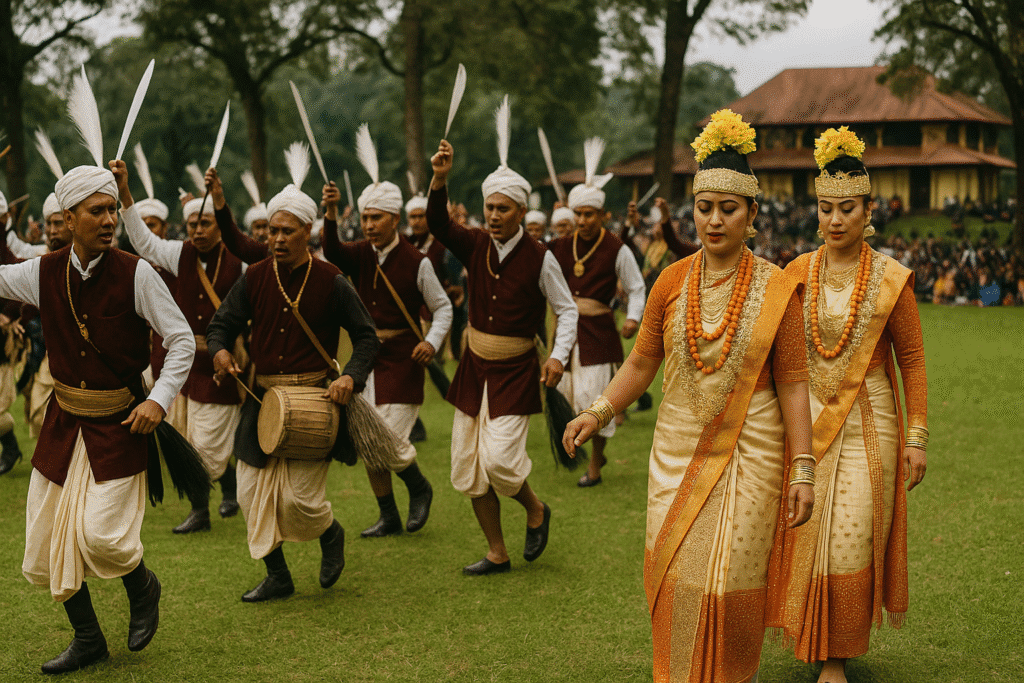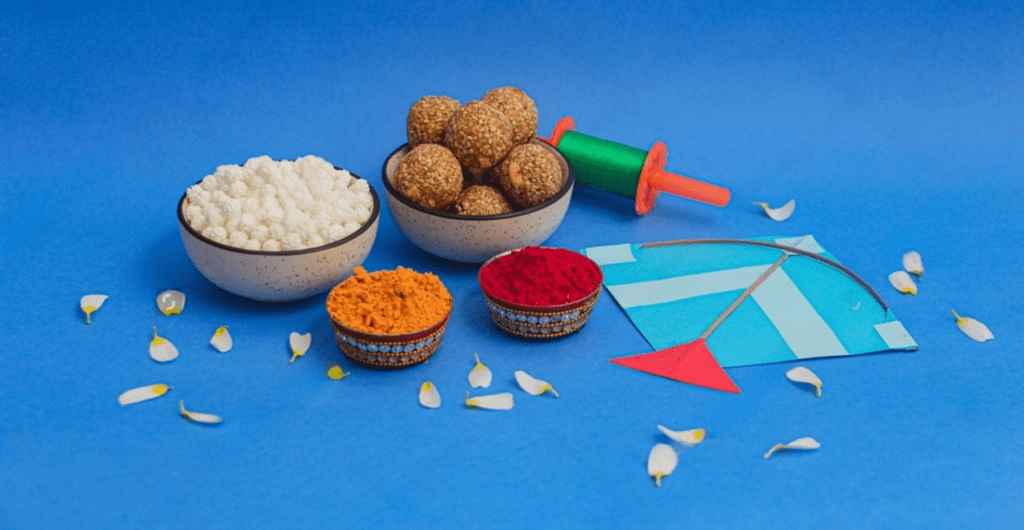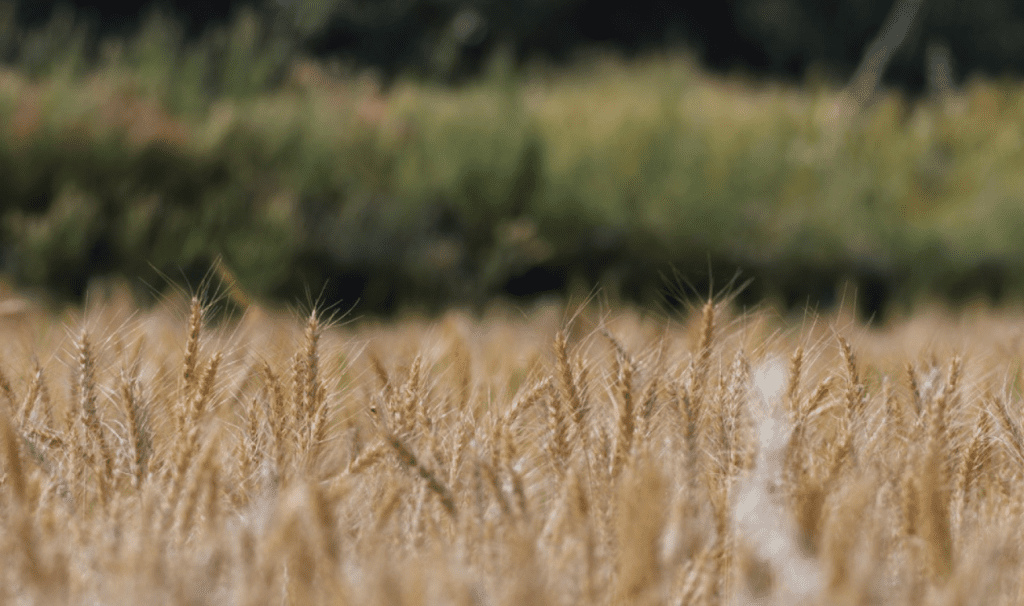Introduction: A Sacred Celebration of Gratitude
Ka Pomblang Nongkrem, fondly known as the Nongkrem Dance Festival, is the most revered and elaborate festival of the Khasi tribe in Meghalaya, India. Held annually in November at Smit, the cultural heart of the Hima Khyrim Syiemship, this five-day festival is a vibrant expression of thanksgiving to the Goddess Ka Blei Synshar for a bountiful harvest and communal prosperity. Nestled 15 kilometers from Shillong, Smit transforms into a kaleidoscope of rituals, dances, and music, drawing locals, tourists, and culture enthusiasts. With its roots in ancient Khasi traditions, Ka Pomblang Nongkrem blends spirituality, community unity, and cultural pride, offering a window into Meghalaya’s indigenous heritage. This article explores the festival’s history, rituals, performances, and modern significance, celebrating its enduring legacy.
Historical Roots: A Legacy of Faith and Harvest
Origins in Khasi Spirituality
Ka Pomblang Nongkrem, meaning “goat sacrifice” in Khasi, traces its origins to the tribe’s pre-Christian animistic beliefs, where nature and ancestral spirits were central to spiritual life. The festival honors Ka Blei Synshar, the all-powerful goddess of fertility, and Lei Shyllong, the deity of Shillong Peak, reflecting the Khasi’s deep connection to their land. Dating back centuries, possibly before the recorded history of 1831, the festival has been a cornerstone of Hima Khyrim, the Khasi state led by the Syiem (chieftain). Despite the spread of Christianity, the festival retains its indigenous essence, symbolizing gratitude for agricultural abundance and communal harmony.
The Role of Hima Khyrim
The festival is organized under the patronage of the Syiem of Hima Khyrim, a matrilineal institution where the Ka Syiem Sad, the eldest sister of the Syiem, serves as the chief priestess. Held at the Iing Sad, a historic thatched residence built without metal, the festival underscores the Khasi’s architectural ingenuity and cultural continuity. The Syiem’s leadership, supported by Myntries (ministers) and priests, ensures the rituals remain unadulterated, preserving a tradition that binds the community to its ancestors.
Rituals: Honoring the Divine and Ancestors
The Pomblang Ceremony: A Sacred Offering
At the heart of Ka Pomblang Nongkrem lies the Pomblang ceremony, a solemn ritual involving the sacrifice of goats and a rooster. Performed by the Syiem and the high priest, the ceremony begins with offerings to Lei Shyllong, the guardian deity of Shillong Peak, through the sacrifice of a rooster. Goats, offered by the subjects of Hima Khyrim, are then sacrificed to honor the ancestors of the ruling clan and Ka Blei Synshar, seeking blessings for future harvests. The ritual, conducted in the sacred courtyard of Iing Sad, is accompanied by the sanctification of the Tangmuri (traditional pipes), symbolizing purity and divine connection.
Blessings and Thanksgiving
The festival concludes on the fifth day with the Syiem offering prayers of thanksgiving to the Creator, invoking peace, prosperity, and protection for the community. This blessing ritual, chanted alongside the high priest and Myntries, reinforces communal unity and faith. The offerings, rich in symbolism, honor the royal ancestors and the land’s divine guardians, ensuring the Khasi’s spiritual bond with their heritage endures.
The Nongkrem Dance: A Cultural Spectacle
Shad Nongkrem: The Dance of Devotion
The Nongkrem Dance, performed on the fourth day, is the festival’s cultural pinnacle, transforming Smit’s courtyard into a vibrant arena. Unmarried women from the Syiem’s household, adorned in silk Jainsem and Kynthei garments, gold jewelry, and silver crowns with yellow flowers, lead the Shad Mastieh, a slow, graceful dance. Men, dressed in Jymphong (sleeveless coats), dhotis, and plumed turbans, form a protective outer circle, wielding swords or spears in one hand and yak-hair whisks in the other. The rhythmic beats of Ksing (drums) and the soulful tunes of Tangmuri and Nakra (pipes) guide the dancers, creating a mesmerizing tableau of devotion and tradition.
A Symbol of Unity and Identity
The dance, a form of prayer, expresses gratitude for the harvest and seeks divine blessings. The synchronized movements, with women in the inner circle and men guarding them, symbolize the Khasi’s matrilineal harmony and communal strength. In 2023, 288 dancers participated, including 170 maidens, reflecting growing enthusiasm among the youth, a positive sign for cultural preservation. The dance’s authenticity, unchanged for centuries, draws photographers and tourists, amplifying its global appeal.
Traditional Attire: A Showcase of Khasi Elegance
Women’s Attire: Grace and Grandeur
Khasi women’s festival attire is a highlight, featuring the Jainsem, an ankle-length silk skirt, paired with a Kynthei shawl and intricate gold and silver jewelry. The silver crown, adorned with vibrant yellow flowers, adds regal charm. The Ka Syiem Sad, shaded by an umbrella, dances in similar finery, emphasizing her spiritual authority. These outfits, often handwoven, reflect the Khasi’s craftsmanship and matrilineal pride.
Men’s Attire: Valor and Tradition
Khasi men wear the Jymph alcal coat, a colorful dhoti, and a turban adorned with feathers or ornaments. Carrying traditional weapons like swords, they exude valor and cultural pride. The attire, combined with the rhythmic dance, showcases the Khasi’s warrior spirit and aesthetic heritage, captivating onlookers at the festival.
Culinary Delights: Savoring Khasi Flavors
Ka Pomblang Nongkrem is a feast for the senses, with food stalls offering traditional Khasi dishes. Jadoh, a fragrant rice and pork dish, and Dohneiiong, a rich pork curry with black sesame, are festival staples. Ja Stem, made with rice and sesame paste, and Dohkhlieh, a pork salad, highlight local herbs and spices. These dishes, prepared with ingredients from the Khasi Hills, celebrate the region’s culinary diversity and sustainable practices, fostering communal bonding through shared meals.
The Festival’s Setting: A Cultural Haven
Iing Sad: A Living Heritage
The Iing Sad, the Syiem’s residence, is a marvel of Khasi architecture, constructed without nails or metal, symbolizing resilience and tradition. Its courtyard, surrounded by rolling hills, becomes the festival’s sacred stage, hosting rituals and dances. Small markets spring up nearby, offering handicrafts, woven shawls, and local delicacies, adding to the festive vibrancy. The setting, steeped in history, enhances the festival’s spiritual and cultural depth.
Smit: The Cultural Capital
Smit, the capital of Hima Khyrim, is a serene village that comes alive during Ka Pomblang Nongkrem. Located 20 km from Shillong, its accessibility by road and proximity to Guwahati’s railway network makes it a magnet for visitors. The village’s tranquil beauty, framed by Meghalaya’s cloud-kissed hills, complements the festival’s grandeur, offering a perfect blend of culture and nature.
Modern Significance: A Global Cultural Beacon
Tourism and Cultural Preservation
Ka Pomblang Nongkrem has evolved into a global cultural event, attracting domestic and international tourists. The 2024 festival, held on November 12–13, saw a surge in visitors, with vibrant media coverage showcasing its allure. The Meghalaya government’s support, alongside the Hima Khyrim’s commitment, ensures the festival’s authenticity while promoting tourism. The increasing number of young dancers, as noted by Syiem Balajied Sing Syiem, signals a promising future for Khasi traditions.
Adapting to Challenges
The festival has shown resilience, adapting to challenges like the COVID-19 pandemic. In 2020, the Hima Khyrim limited participants to avoid crowding, yet maintained the rituals’ sanctity. This balance of tradition and modernity underscores the festival’s role as a cultural anchor, uniting the Khasi community while welcoming outsiders to experience its richness.
Ka Pomblang Nongkrem in Context
A Matrilineal Celebration
The festival’s matrilineal framework, with the Ka Syiem Sad as chief priestess, sets it apart from other harvest festivals like Wangala or Bihu. Women’s prominence in rituals and dances reflects the Khasi’s gender-equitable society, where clan titles pass through the maternal line. This unique structure enhances the festival’s cultural significance, celebrating women’s spiritual and social roles.
Part of Meghalaya’s Festival Tapestry
Ka Pomblang Nongkrem joins other Meghalaya festivals like Shad Suk Mynsiem and Wangala, all celebrating nature and community. Its focus on Ka Blei Synshar aligns with regional traditions of honoring fertility deities, yet its elaborate rituals and dances make it uniquely Khasi. The festival’s autumn timing, amidst Meghalaya’s misty hills, adds to its mystique, distinguishing it from spring or summer celebrations elsewhere.
Conclusion: A Timeless Legacy
Ka Pomblang Nongkrem is a radiant celebration of Khasi identity, weaving together faith, culture, and community. From the sacred Pomblang ceremony to the enchanting Nongkrem Dance, every ritual and performance pulses with gratitude and pride. As the Syiem’s prayers echo across Smit’s hills, they carry a timeless message: to honor the land, ancestors, and the divine forces that sustain life. In its vibrant attire, soulful music, and shared feasts, the festival invites all to witness the Khasi’s enduring spirit. As Ka Pomblang Nongkrem continues to captivate the world, it stands as a testament to Meghalaya’s cultural richness and the power of tradition to unite and inspire.



